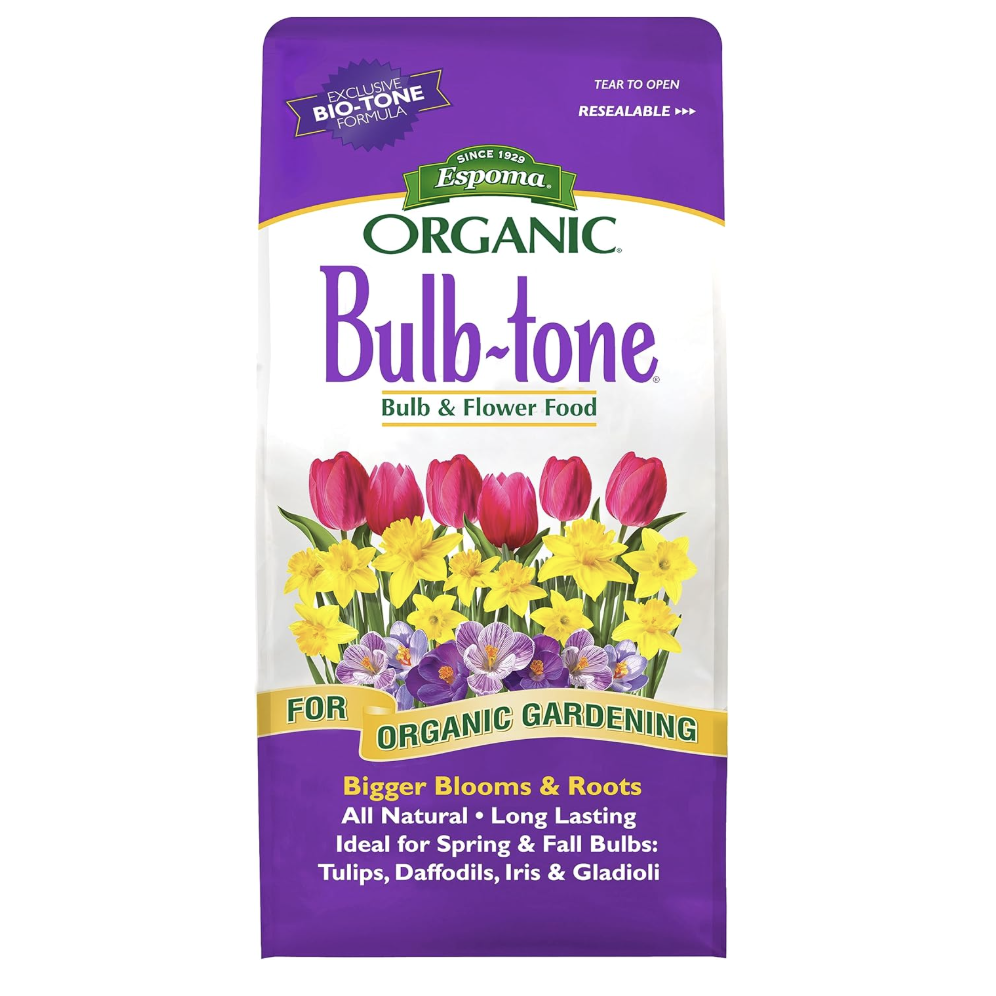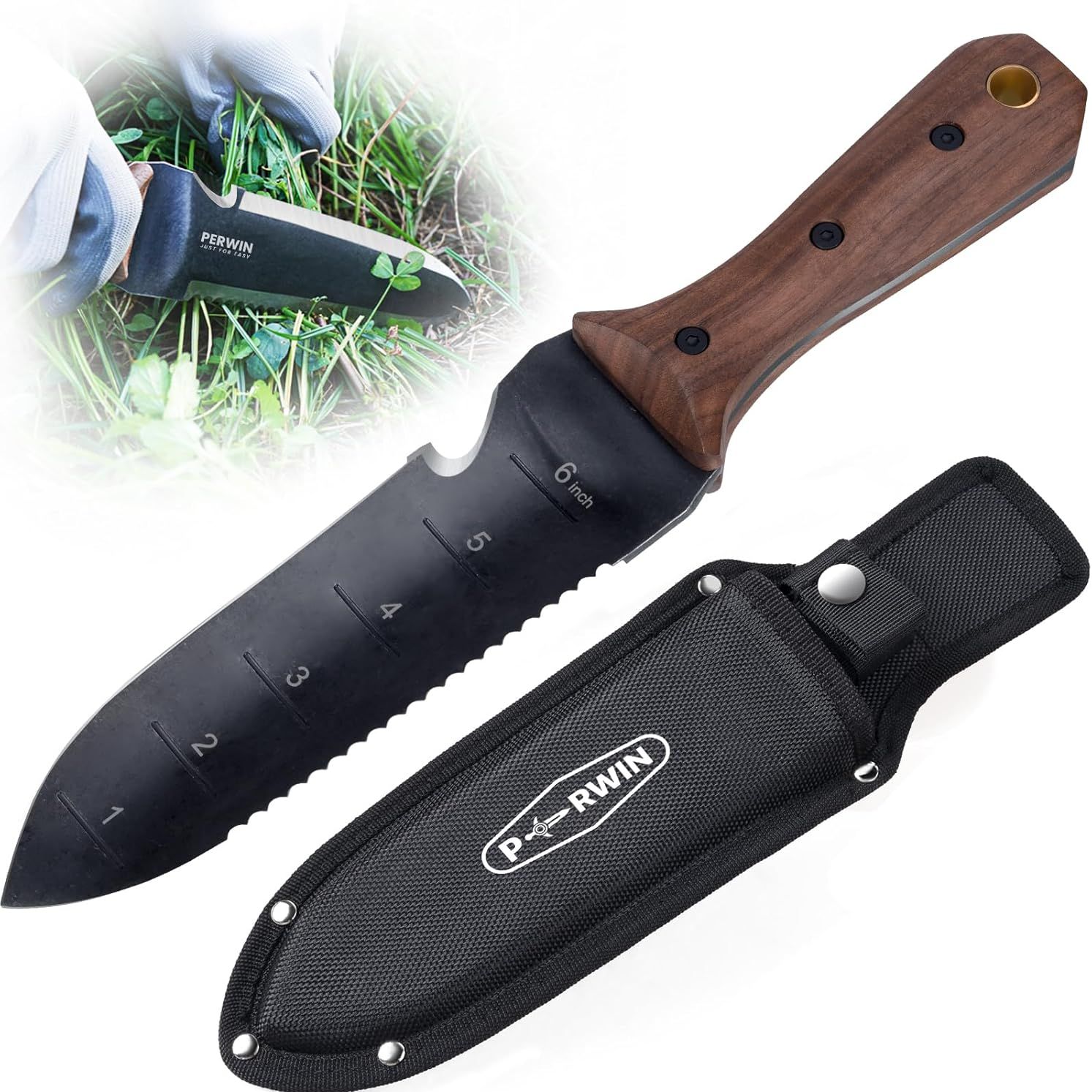Forget Tulips! Plant These 7 Unusual Spring Bulbs Instead for a Truly Stunning Garden
Tulips are great and all, but if you want your garden to feel truly unique, it might be time to try something a little different…
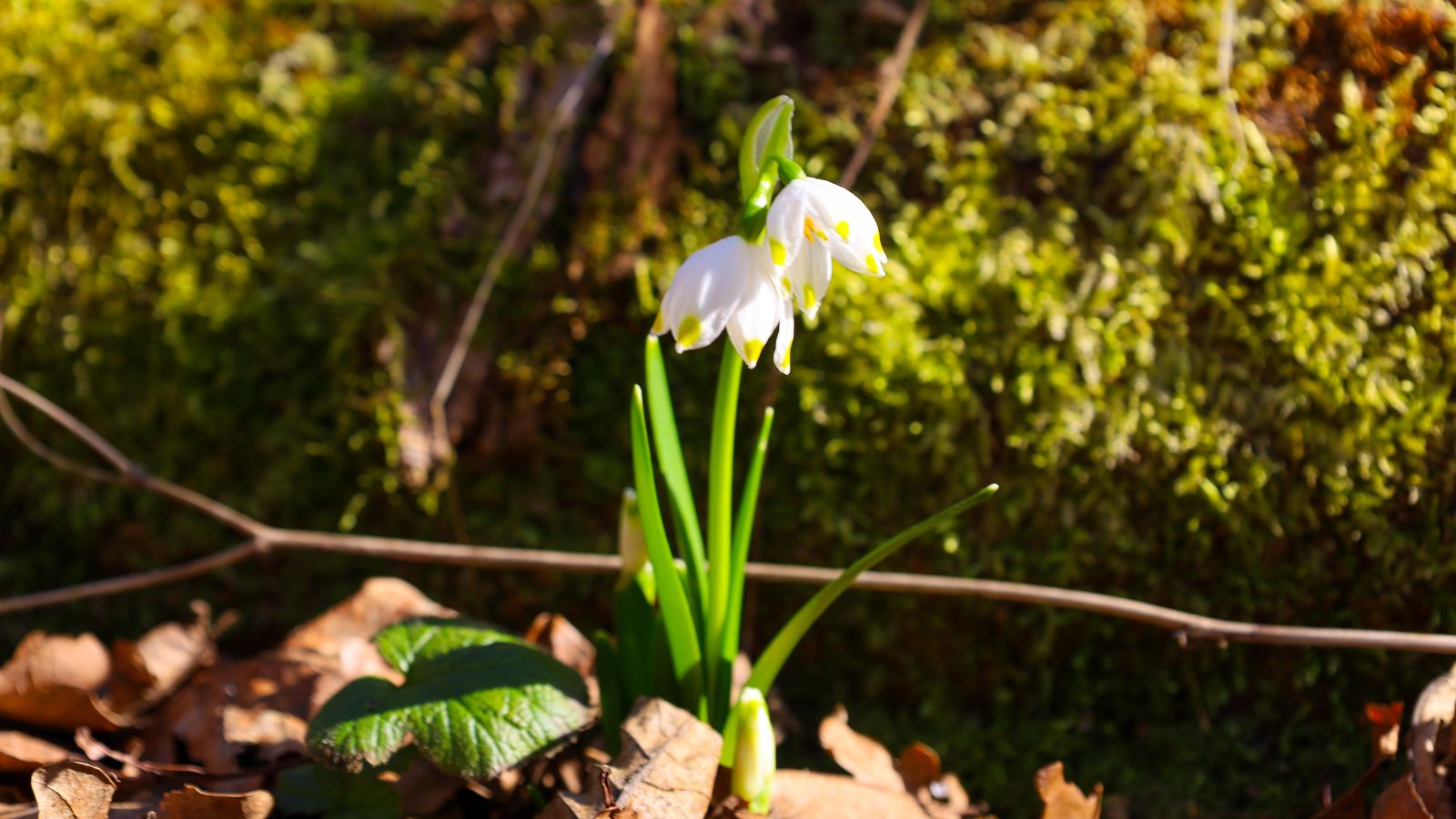

“The tulip is the loveliest of all flowers. So whoever despised the tulip offends God immeasurably,” said Alexandre Dumas. I suspect, though, that he’d never encountered the delights (read: horrors) of tulip fire before. If you have, or if you simply fancy something a little different to the norm, there’s thankfully a whole world of lesser-known bulbs that you can try instead.
Yes, while classic tulips will always have their place in our hearts and gardens, there are many more unusual spring bulbs which bloom with surprising shapes, scents, and colours. Better still, many of them naturalise beautifully, returning year after year with minimal effort – and, honestly, there’s little we love more than a comeback kid.
Whether you garden in the frosty North or the mild South, then, there’s a unique bulb below for your USDA Hardiness Zone. So go ahead: ditch the ordinary and plant something extraordinary this fall. Come spring, when all your neighbours are eyeing your garden with envy, you’ll be so glad you did.
1. Honey Lily
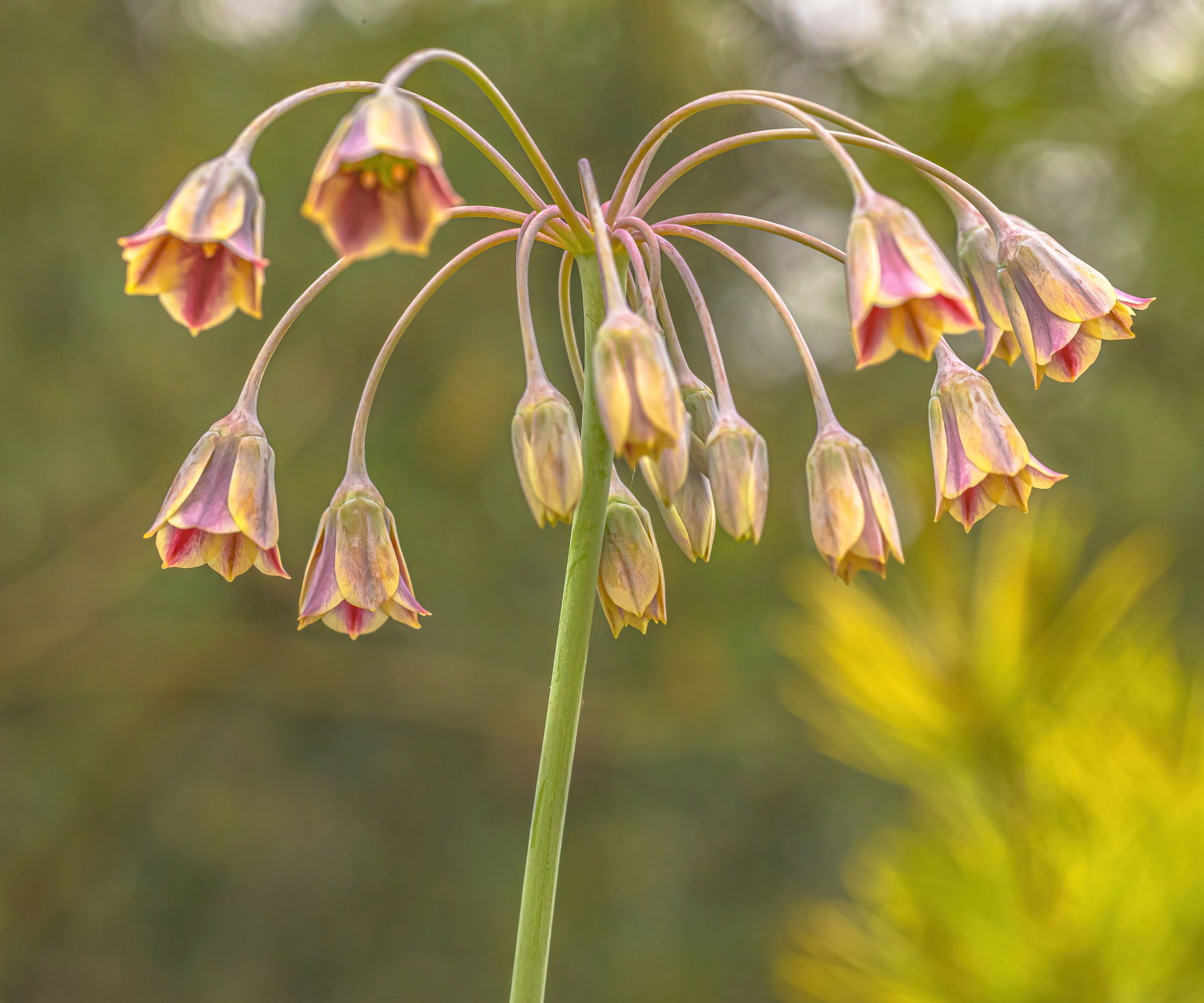
If you want conversation-starter plants, then the not-so-humble honey lily (Nectaroscordum siculum) is absolutely the way to go. Tall, elegant stems rise in late spring, each topped with a dangling cluster of bell-shaped blooms in soft blush, cream, and green, like nature’s very own chandelier.
As the flowers fade, they twist upward into quirky seedheads that last all summer. If you’re based in USDA Zones 4-10, then, pick up some honey lily bulbs and plant in full sun and well-drained soil.
Trust us when we say that the bees will thank you for it.
2. Camassia
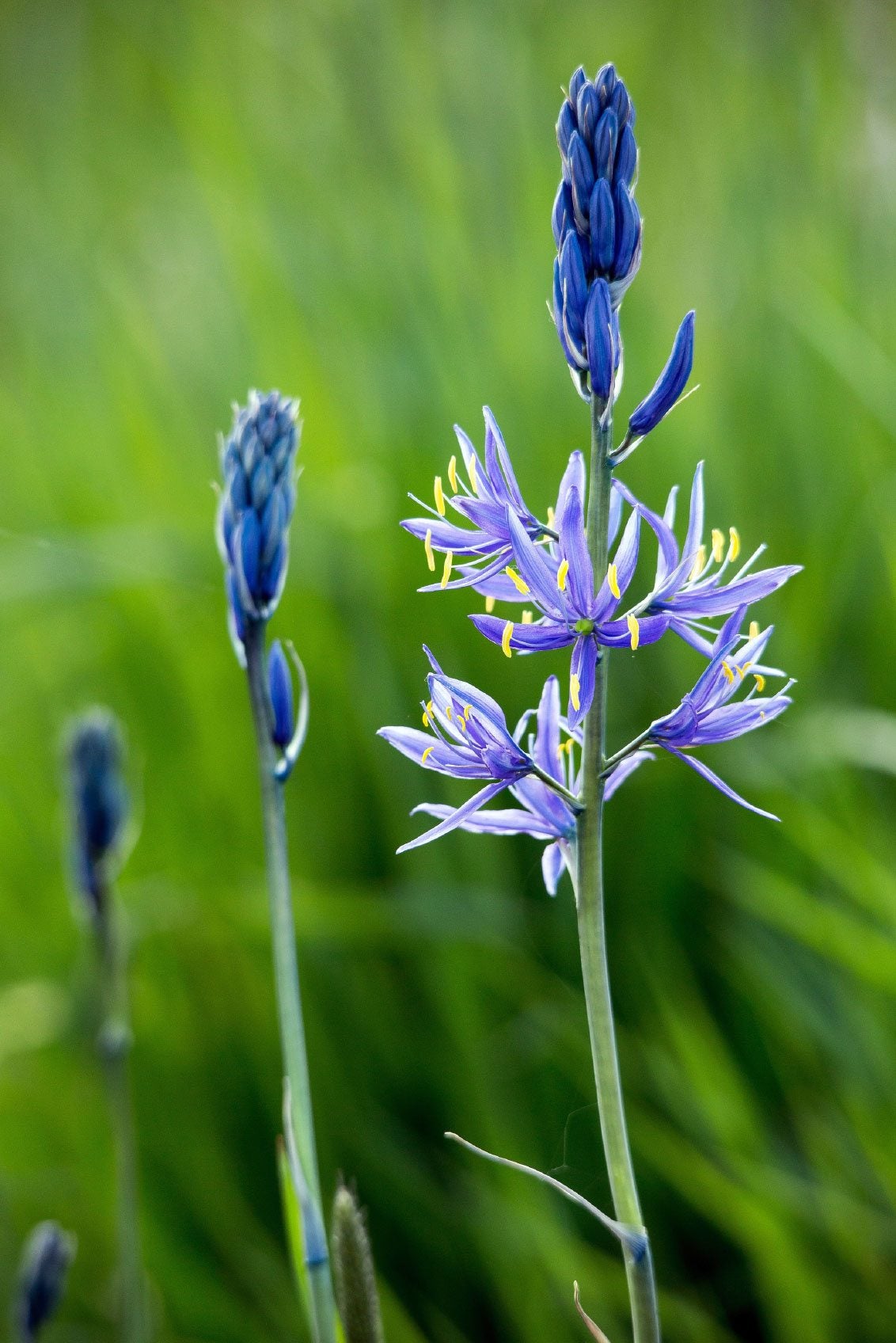
A native North American beauty once cherished by Indigenous peoples for its edible bulbs, camassia (Camassia quamash syn. Camassia esculenta) adds graceful spikes of star-shaped blue flowers to damp spring borders and meadows.
Sign up for the Gardening Know How newsletter today and receive a free copy of our e-book "How to Grow Delicious Tomatoes".
It’s one of those unusual spring bulbs that thrives in those spots across USDA Zones 3-8 where tulips sulk, even in heavier soils. Plant in groups for best effect.
Just take care to leave the fading foliage to feed next year’s blooms before it goes dormant in early summer.
3. Alliums
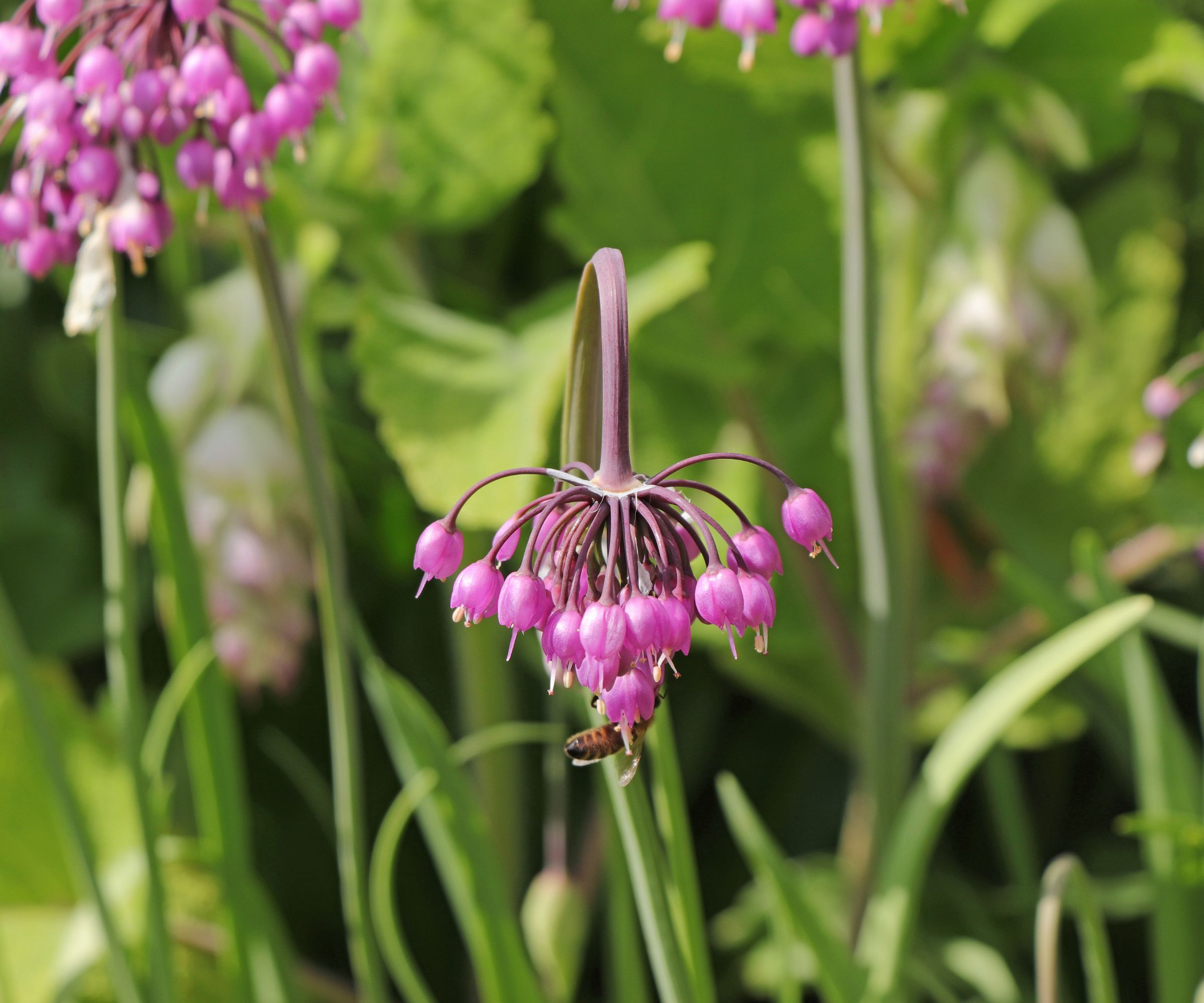
Allium plants might be related to the simple garden onion, but you’d never know it looking at their splendiferous, low-maintenance, and pollinator-friendly blooms.
We’re technically cheating here, as this one has seeds rather than bulbs, but nodding onion (Allium cernuum) is the unsung hero of the allium family thanks to its slender stems and clusters of pink-mauve bells, which nod in the breeze and draw in bees and butterflies alike.
Native to much of the U.S., it’s drought-tolerant once established and looks equally at home in rock gardens or naturalistic planting across Zones 3-9.
4. Ithuriel’s Spear

For gardeners in warmer regions, this California native is a wonderful unusual spring bulb to try, particularly if you’re a) based in Zones 5-10, and b) in the market for delicate clusters of violet-blue stars on wiry stems.
It’s perfect for cottage gardens, gravel borders, or wildflower meadows. That being said, triteleia bulbs prefer dry summer dormancy, so avoid heavy watering once flowering ends – and don’t be afraid to combine yours with ornamental grasses for that effortless “meadow chic” look.
5. Pretty Face

A close cousin of Ithuriel’s Spear, the aptly named Pretty Face (Triteleia ixioides ‘Starlight’) is an unusual spring bulb which more than lives up to its nickname. Its creamy yellow flowers with violet midribs shimmer in late spring sunlight, creating an almost ethereal glow.
Hardy in Zones 7-11, you can still grow it in pots if you’re based somewhere colder, so long as you bring them under cover in winter. In warmer climates, though, pick up some Ithuriel's Spear without question; it’s a reliable, long-lived performer, and guaranteed to turn heads for all the right reasons.
6. Siberian Squill

One of the earliest bulbs to bloom, Siberian squill (Scilla siberica) carpets the ground in brilliant blue in late winter or early spring. sometimes even through melting snow. It naturalises happily under trees and shrubs, too, creating a woodland feel that tulips could only dream of.
A must-plant for northern gardeners in Zones 2-8, then, pick up some Siberian squill bulbs if you’re looking for dependable early colour.
7. Spring Snowflake
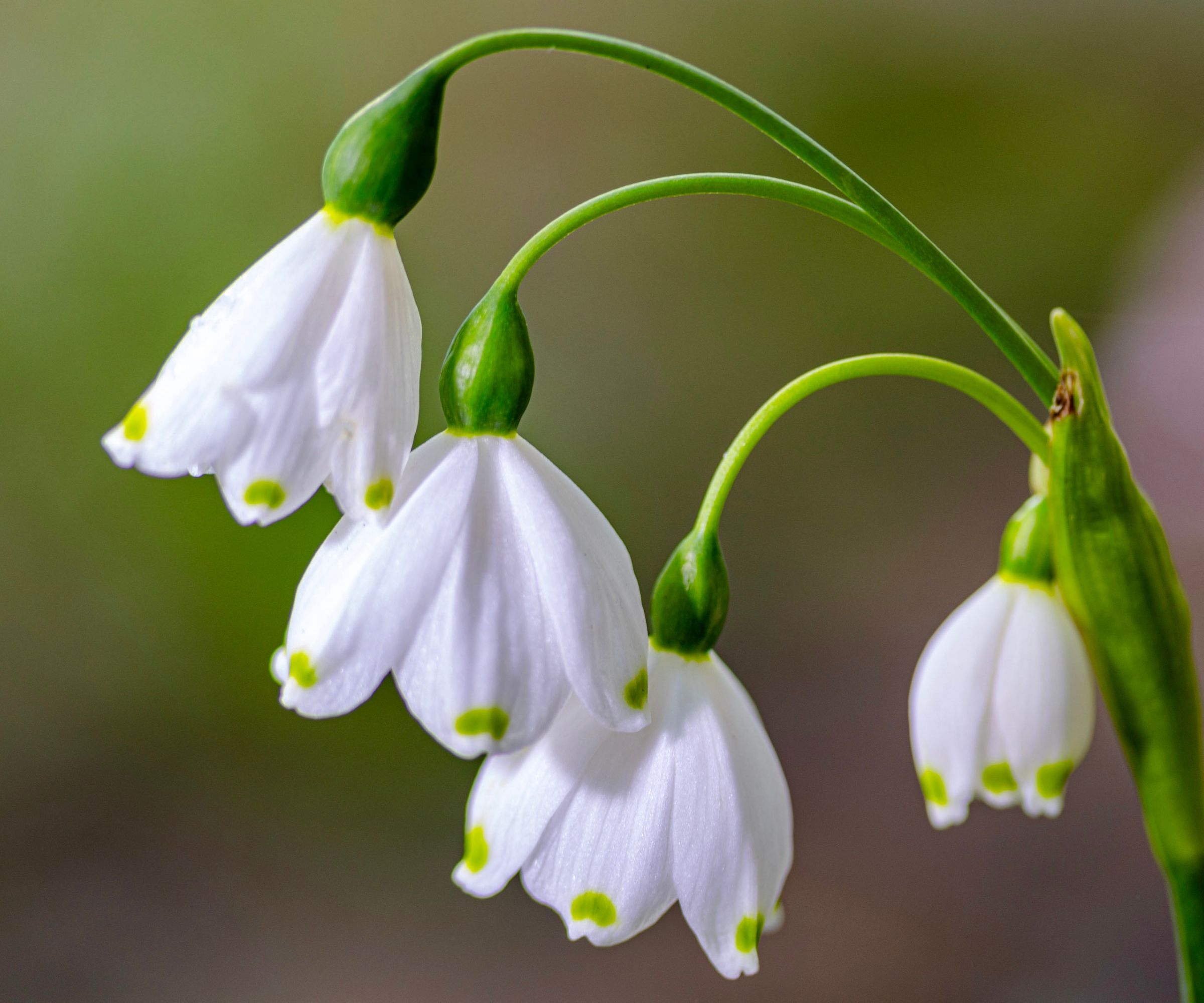
If you love snowdrops but want something a little bolder, try the spring snowflake (Leucojum vernum). This unusual spring bulb produces nodding, bell-shaped blooms in March and April, each petal tipped with a perfect green dot.
It thrives in part shade and moist soil, so it’s ideal for woodland edges, stream banks, or damp garden corners. If this sounds like your garden, then grab yourself some Leucojum snowflakes stat.
When planting your unusual spring bulbs, take care to plant them in well-drained soil (add grit if needed) and always plant in clusters of at least five to seven bulbs for natural impact.
Don’t forget, too, to mark your spots; even bulbs as unusual as these have a tendency to vanish from memory over the bleak midwinter!
Shop Bulb Planting Essentials

Kayleigh is an enthusiastic (sometimes too enthusiastic!) gardener and has worked in media for over a decade. She previously served as digital editor at Stylist magazine, and has written extensively for Ideal Home, Woman & Home, Homes & Gardens, and a handful of other titles. Kayleigh is passionate about wildlife-friendly gardening, and recently cancelled her weekend plans to build a mini pond when her toddler found a frog living in their water barrel. As such, her garden – designed around the stunning magnolia tree at its centre – is filled to the brim with pollinator-friendly blooms, homemade bird feeders, and old logs for insects to nest in.

